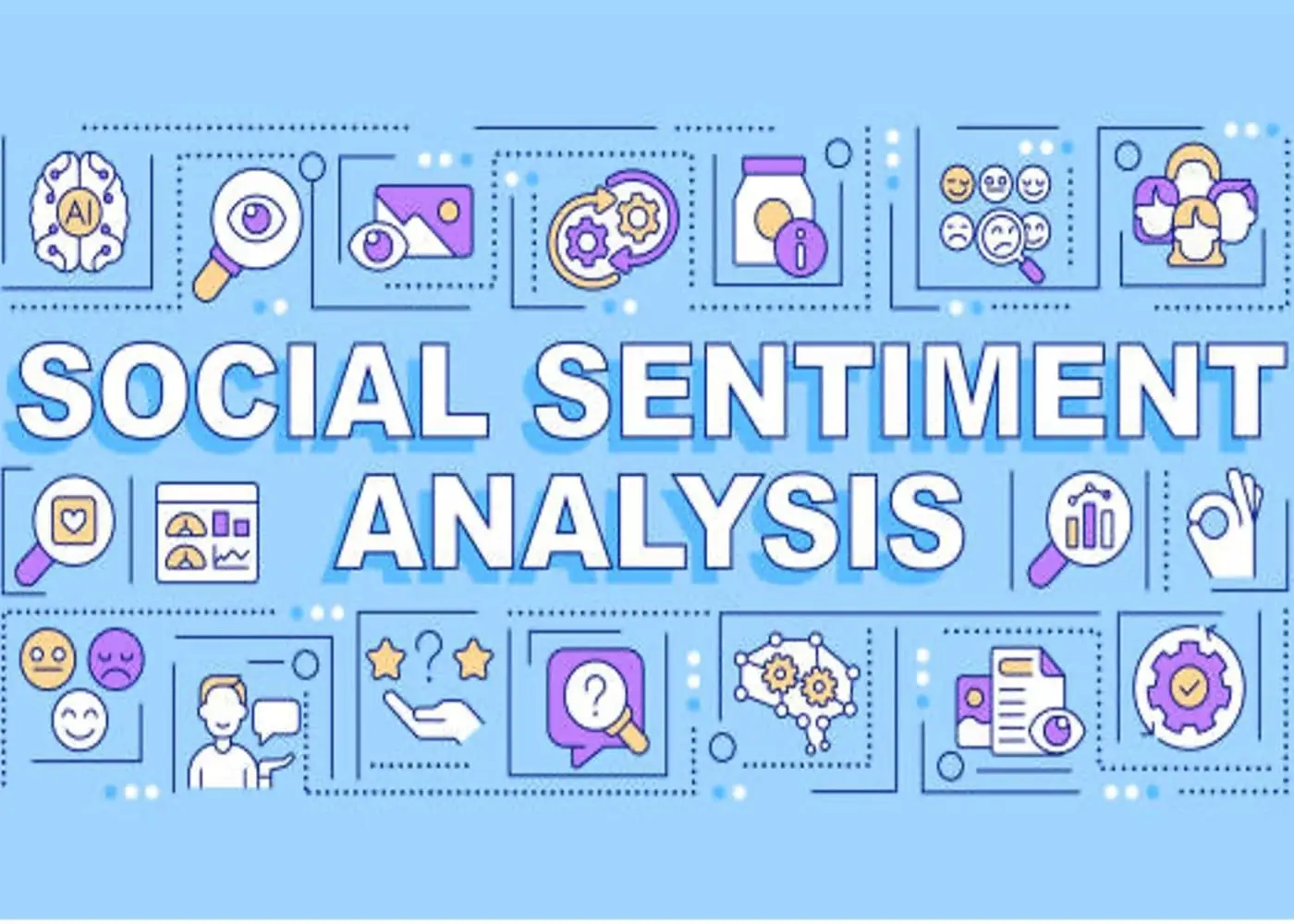In a world where one tweet can change the public opinion, companies need to be prepared to read the emotional pulse of their audiences on a real-time basis. Sentiment analysis on twitter has become a very important strategy giving brands, marketers and analysts the necessary tools to remain on top in the highly competitive digital world. By 2025, how well you read what people are saying, not what they are saying, on sites such as X (the new Twitter) may be the difference between your brand being on the front foot or not.
What Is Twitter Sentiment Analysis?
In essence, Twitter sentiment analysis is the procedure of applying machine learning and natural language processing (NLP) to identify and understand emotions in tweets. Be it happiness, annoyance, rage, sarcasm, or encouragement, brands can use millions of tweets to find out the mood of the people with respect to products, policies, or even events.
As X sentiment analysis has grown, companies are no longer monitoring keywords, they are interpreting tone, context, and emotion in real-time. Such insight is priceless in the development of marketing campaigns, planning of possible crises, or tracking consumer satisfaction.
The Importance of Twitter Sentiment in 2025
The world of social media is still on top of the agenda. Nevertheless, Twitter (X) is still unique because of the real-time aspect, the highly involved communities, and the rapidity of discussions. That is why it is a goldmine of public sentiment-provided you have the means of analyzing it.
So, here is why Twitter sentiment analysis tools will become an essential competitive advantage in 2025:
1. Brand Health Monitoring in real-time
It can be only a few minutes between a viral win and a PR crisis. Twitter sentiment analysis software helps brands to identify negative sentiment spikes as soon as they happen. Be it the backlash of a product launch or a trending hashtag going rogue, these tools enable you to take timely corrective measures before the story goes out of hand.
2. Keener Customer Insights
Compared with the traditional market research that requires weeks or months, Twitter sentiment analysis solutions provide immediate feedback. Within hours you can know how people are responding to your new ad campaign, pricing model or even customer support conversation. These actionable insights are particularly useful to agile marketing teams that must be able to iterate fast and remain on-message.
3. Competitive Benchmarking
Social media does not only mean listening to your audience but also to your competitors. Monitoring the sentiment on the competing brands, products, or industry trends, you will have a better idea of your position in the market. The sentiment data on Twitter assists you in knowing the areas where the customers are not satisfied and you can take advantage of them and also where your competitors are performing better than you.
4. Prevention and Crisis Management
By 2025, reputation travels as fast as a retweet. The tiniest misstep can create a social outrage, and brands that fail to listen are usually the last to know. Sentiment analysis of social media, especially on a rapidly changing platform such as Twitter, enables companies to identify the initial indicators of dissatisfaction and act accordingly. Sentiment analysis provides a kind of shield against reputation damage whether it is a tone-deaf influencer collaboration or a product flaw.
5. Product Development and Innovation
Who can be a better focus group than millions of unsolicited, unedited user opinions? X sentiment analysis enables product teams to collect real customer feedback without the lag or bias of surveys. With the help of user-generated content, you can identify the most frequent problems or requests and use them to drive innovation directly focused on consumer needs.
Selecting the best Twitter sentiment analysis tool
Not every tool is the same. When considering the Twitter sentiment analysis tools, seek platforms with the following:
Natural language processing (NLP) via AI: to identify context, sarcasm and slang.
Multilingual: in case your brand is international.
Personalizable dashboards: to allow various teams (PR, marketing, CX) to pull the insights that they require.
Connection with other systems: to match the Twitter data with the web traffic, sales, or customer support trends.
The most popular Twitter sentiment analysis software has now also introduced predictive analytics, which allows brands to not only react, but predict what the mood of their audience is based on the historical data and current trends.
Future of Twitter Sentiment Analysis
Sentiment analysis will become more advanced as social media keeps developing. You will see:
Emotion-layered analytics: positive, neutral and negative is not enough; it should be fear, anticipation, trust, and anger.
Voice & video sentiment analysis: analysis of tone in areas such as X Audio or live broadcasts.
Self-learning trend forecasting: using sentiment, velocity and reach to identify what is next.
Sentiment analysis will be a key part of the decision-making process of brands in this environment. They will create products that people desire, will not send out tone-deaf messages, and will create genuine brand loyalty.
Suggested Read: Facebook Sentiment Analysis
Final Remarks:
Twitter sentiment analysis has gone beyond being a social media manager tool, it is now a cross-functional powerhouse that drives marketing, PR, product, and executive teams. By 2025, brands that leverage real-time emotional intelligence of platforms such as X are in a better place to lead, adapt, and thrive.
Regardless of whether you are creating your next product roadmap or handling a global reputation, the correct Twitter sentiment analysis solution can be the competitive advantage to keep your brand future-ready, data-informed, and emotionally intelligent.

All Comment 3
Login to post a comment
No comments yet
Be the first to drop a comment